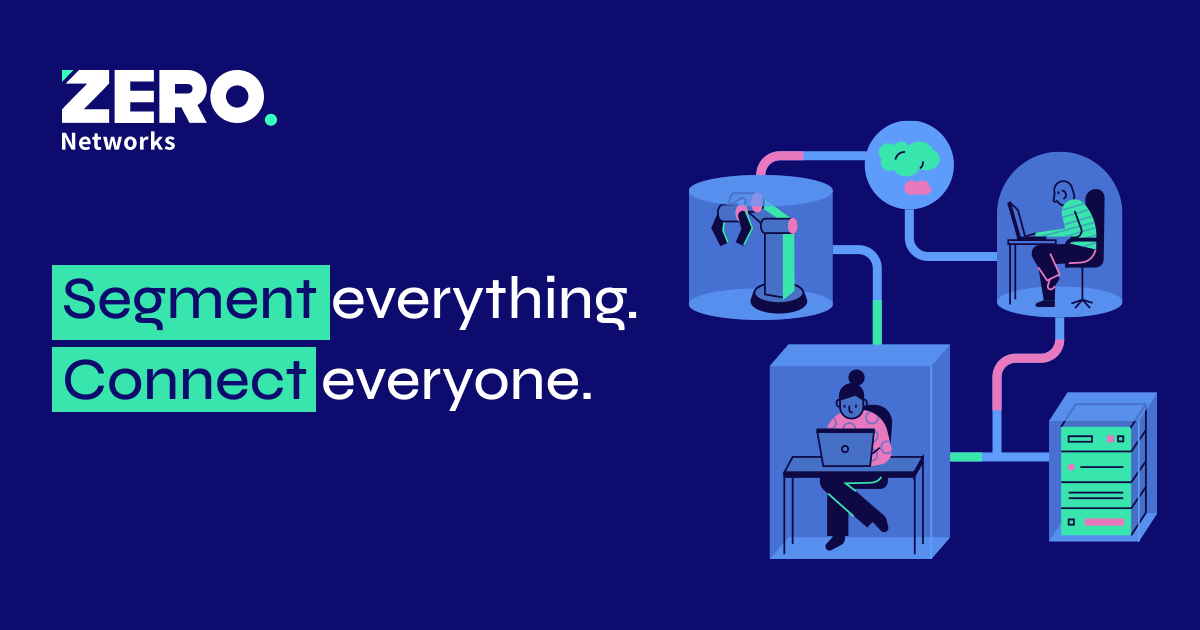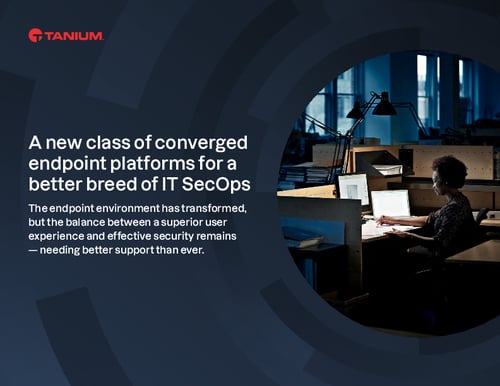Cost-saving for the cloud: How to banish inefficiencies and reap cost savings

Cost-saving for the cloud: How to banish inefficiencies and reap cost savings
By Greg Holmes, Area Vice President of Solutions, EMEA
For over a decade, the cloud has been widely considered the go-to financially practical, easy-to-access and powerful hosting solution. But increasingly organisations are becoming aware that the access to infrastructure in the cloud comes at a notable cost. Without managing this and keeping it aligned to value and requirements, cloud spend can quickly increase unchecked.
The reasons behind this shift are multifaceted. Last year, Ofcom sought to bring attention to the pricing strategies and monopolisation of the major cloud providers, but this does not explain the whole problem. The reality is that the sheer amount of data held and processed by companies has exploded beyond predictions. In addition, the speed of innovation and the resulting proliferation of technologies and services provided by businesses have resulted in a sprawling, siloed and inefficient cloud infrastructure, especially for larger organisations.
As companies balance the priorities of performance, competitiveness and security, cost inefficiencies have become an unfortunate byproduct of growth and innovation. The good news is that these inefficiencies are not permanent. By following best practices, companies can adjust cloud strategies to focus on security and flexibility, harnessing the power of the cloud to support the intricacies of services and industries and prepare the wider business landscape for future innovation and growth.
Laying the groundwork
For IT teams seeking to rehaul their cloud strategy, the first non-negotiable action is to clearly define their overarching cloud objective. Reducing cost will be a significant goal, but the driver for comprehensive change should relate directly to a broader intention, such as enhancing agility and scalability, managing risk or fostering innovation. By focusing on the ultimate business objective rather than costs, teams can ensure they are not cutting corners but rather maximising their cloud strategy to align with and support their overall goals.
There is no one-size-fits-all strategy for optimising cloud investment, it will differ depending on the company and industry. However, many companies are increasingly dealing with a ‘cloud hangover.’ With the initial enthusiasm around the solution wearing off, many companies that pushed a ‘cloud first and cloud-only’ approach are now seeking a more tailored, hybrid approach.
A bespoke method will factor in business objectives, growth trajectory and the regulatory landscape. For example, regulations in financial services have long necessitated that banks retain multiple cloud or on-prem hosting solutions for security and compliance reasons. Consequently, banks have understood that the future is hybrid. Now, other industries are catching on, realising the cost efficiencies of keeping some data and processes on-premises. Critically, the hybrid approach is recommended for better protection against catastrophic cyberattacks or downtimes, helping mitigate risk and improve agility.
Cloud optimisation, therefore, does not simply equate to reducing costs – it is about spending wisely in alignment with your long-term objectives. For example, for companies investing in research and development, focusing too heavily on cost savings can be short-lighted. While cost efficiencies are a priority for most in this uncertain economic environment, sticking to ‘strictly necessary’ costs may prevent businesses from tapping into artificial intelligence (AI), machine learning (ML) and IoT innovations that can propel them to the next level and remain competitive.
Fostering a culture of efficiency
Once the objective and strategy has been defined and costed, it is up to leadership to effectively communicate the mission from the top down and to cultivate a culture of cost-efficiency. A significant part of this will be to encourage your team to be more aware of the costs of their day-to-day work. While it might take a while to get your team accustomed to this way of working, it will serve to build confidence among engineers, developers and product owners to take responsibility for their role in spending and create a culture where cost management problems and overspending issues are raised instantly and quickly resolved.
Consistent and purposeful cost-monitoring in line with performance is paramount for continued success. The best cloud centres of excellence will bring together teams, vendors and product owners monthly to review budget vs. actuals, evaluate migration plans and explore how to strengthen existing capabilities. This rhythm will be incredibly helpful in tracking spending across the year and ensuring overall objectives are met within budgets.
Tackling shadow spend
One recurring issue we see when reviewing cost efficiencies is shadow spending. This is extremely common with the cloud because individuals within companies often use credit cards for payments and additional vendor expenses outside pricing agreements or centralised billing can easily fly under the radar.
The best way to gain cost transparency is to closely monitor your general cost ledger and expense systems as this makes identifying pockets of duplicated spend easier. While it can be time-consuming, engaging in a technology business management rollout allows companies to mitigate the risk of overlapping services and unnecessary costs, consolidating vendors and bringing accounts into private pricing. Once this has been achieved, creating an end-to-end dashboard to monitor costs going forward will provide ongoing visibility across the entire company. It will also provide a mechanism to drive actions improving cost, effectiveness and innovation.
Once again, success in this process relies on building trust within your teams. Cloud ops directors must establish strong relationships with developers and engineers to gain visibility and encourage consistent cooperation and communication on spend, collaborating with FinOps to keep aligned with the overall budgets and actuals. Additionally, collaboration with the SecOps teams can bring huge benefits, with a shared interest in uncovering hidden accounts and services to solidify compliance and reduce risk.
Final thoughts
The cloud revolution has undoubtedly transformed the business landscape and provides opportunities for exponential growth to the services organisations can provide. However, as the industry matures, it is time for companies to reassess strategies and reevaluate the most efficient and effective way forward.
By taking a step back, refocusing on the wider plan and improving communication between leaders, engineers and developers, companies can align spending to their business needs and achieve a renewed focus on cost efficiency, security and innovation.
Related Articles
Join The GBI Impact Community
Sign up to make an impact and hear about our upcoming events
By registering anywhere on the site, you agree with our terms and privacy policy



